We will study so I can to by .
Your computer allows you to do some really amazing things. Digital photo editing, sophisticated computer gaming, video streaming—all of these things are possible because of different types of software. Developers are always creating new software applications, which allow you to do even more with your computer.
From the mid-1990s through the late 2000s, the most common way to get new software was to purchase a CD-ROM. You could then insert the disc, and the computer would walk you through the installation.
Now, almost all software has moved away from this model. Many new computers no longer include a CD-ROM for this reason. However, if you do need to install software from a CD-ROM, simply insert the disc into your computer, then follow the instructions.
Today, the most common way to get new software is to download it from the Internet. Applications like Microsoft Office and Adobe Photoshop can now be purchased and downloaded right to your computer. You can also install free software this way. For example, if you wanted to install the Google Chrome web browser, you can visit this page and click the Download button.
The installation file will be saved to your computer in .exe format. Pronounced dot e-x-e, this is the standard extension for installation files on Windows computers. You can follow the steps below to install an application from an .exe file.
Locate and download an .exe file.

Locate and double-click the .exe file. (It will usually be in your Downloads folder.)

A dialog box will appear. Follow the instructions to install the software.

The software will be installed. You can now open the application from the Start menu (Windows 7) or the Start Screen (Windows 8).
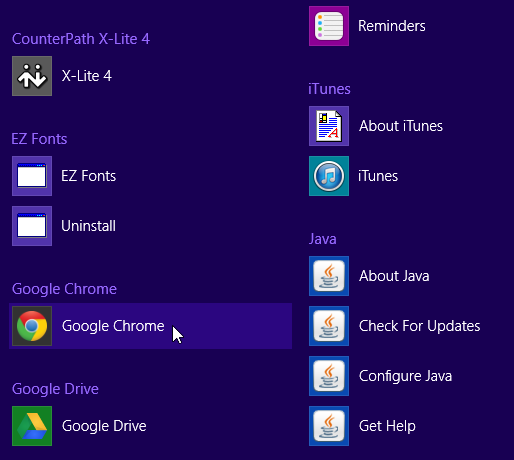
In our experience, the easiest way to find new software is to search the Web. For example, if you were looking for a way to edit some personal photos on your computer, you could run a Google search for free photo-editing software. If you’re not exactly sure what kind of software you’re looking for, try describing the tasks you want to complete. For example, if you wanted a way to create to-do lists and organize your appointments, you might search for something like free calendar organizer software.
If you’re using Windows 8, you can download and install software from the Windows Store. The Windows Store is meant to simplify the process of locating and installing software from third-party developers—when you find an app in the Windows store, you won’t have to do any extra work to install it.

If you find that you no longer use an application, you can uninstall the software to remove it from your computer. This is a good way to clear up space on your hard drive and keep your computer free of clutter.
Open the Control Panel.

Select Uninstall a program (in the Programs category).
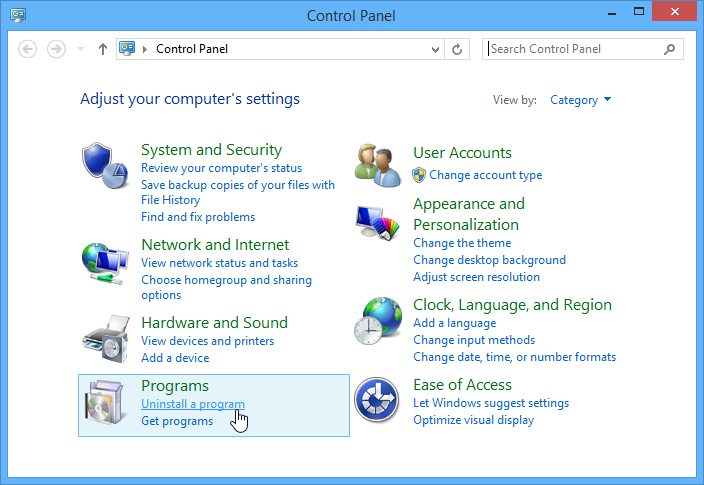
Select the desired application, then click Uninstall.
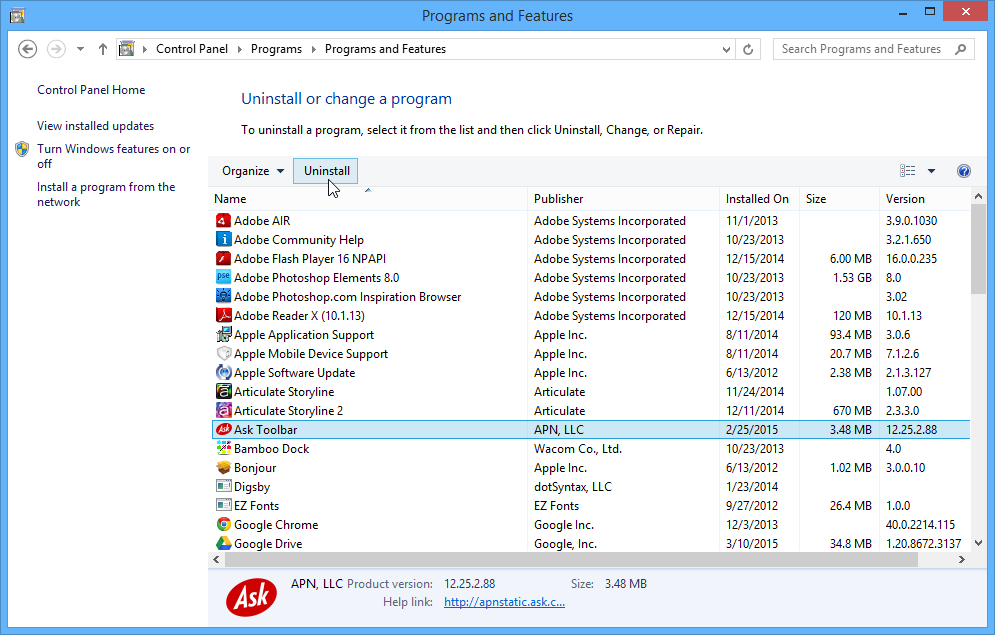
Confirm the uninstallation.
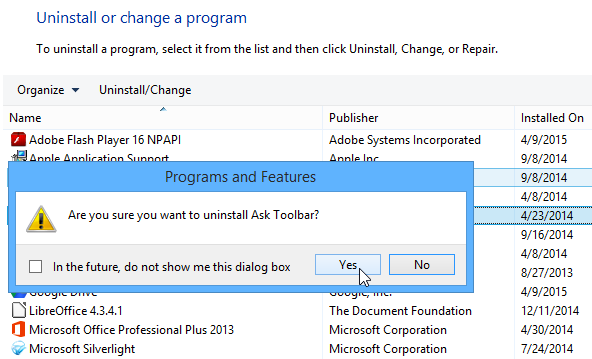
Keeping your software up to date is a crucial practice in Internet safety. Most software updates automatically by default, but you should know how to check the updates and begin the process yourself. Knowing how to keep your software updated can improve your computer’s stability and security and let you know about new features, helping you be an informed and empowered user.
You can read more about Internet safety practices here.
Keeping your operating system updated is one of the most important steps in protecting yourself from viruses, malware, and other Internet security threats.
To update Windows, first open the Control Panel. If you don’t know where the Control Panel is, check out this lesson in Windows Basics. In the search bar in the Control Panel, type update. Under Windows Update, click Check for updates.

It may take a moment for Windows to search for updates. Once it does, if there are any updates available it will prompt you to install them.

It may take a while to install all the updates. It’s safe to leave the computer and do something else while it finishes. Once it’s done, Windows will probably prompt you to restart the computer. If you need to do anything else after this, Windows will prompt you; otherwise, you’re up to date!
To update macOS, open the App Store, then click Updates at the top. macOS updates will be at the top of the list of available updates. On the right side of the screen, there are buttons to update individual apps or to apply all available updates.
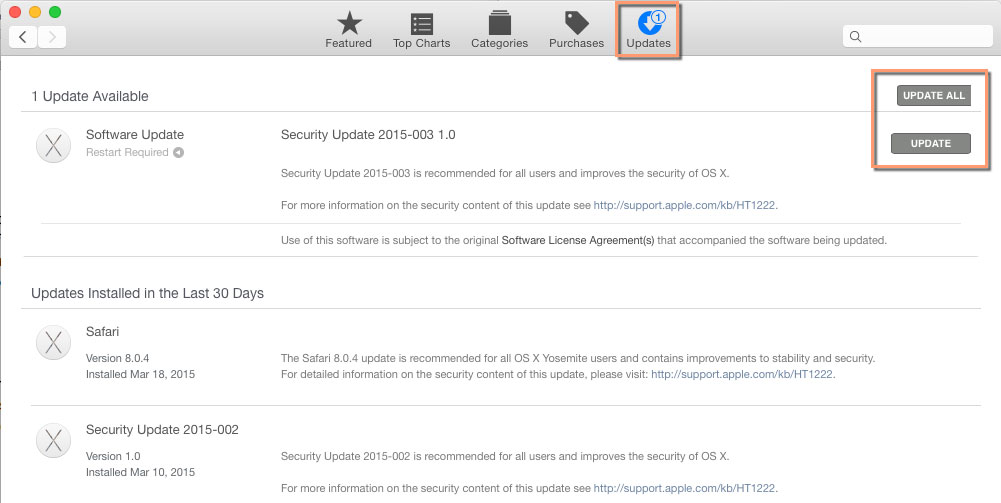
Apple has an excellent support page on how to check for updates for macOS and apps.
For many apps, regular updates provide new features and stability rather than security patches, so it isn’t necessary to update them as frequently. However, for more essential software like web browsers and antivirus software, security updates are just as critical as operating system updates.
Many apps in both macOS and Windows will automatically check for updates when you open them. If you installed them through the App Store or another distribution platform, the program will alert you about updates. For standalone programs, take time to explore the program’s menus and learn how to run the update process.
For example, in Avast! Free Antivirus, there is an Update page on the Settings screen.
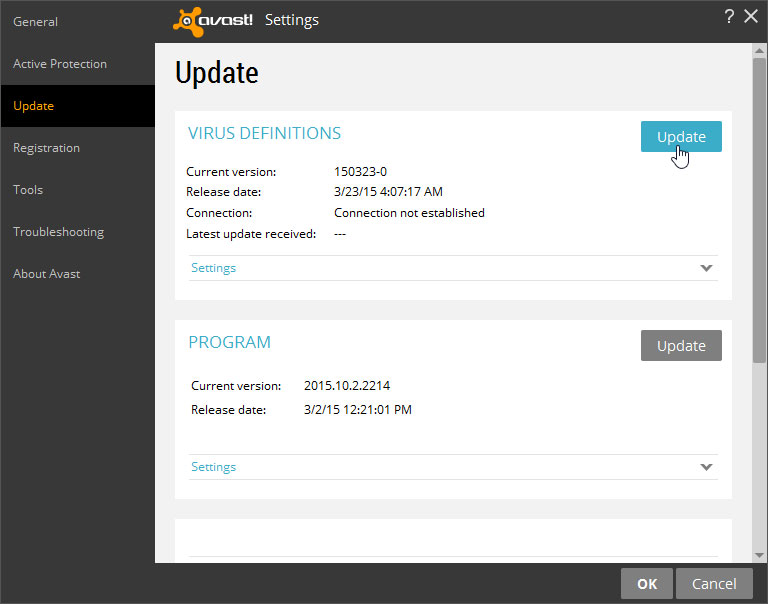
However, in Firefox, the About Firefox screen in the Help menu also checks for updates.
